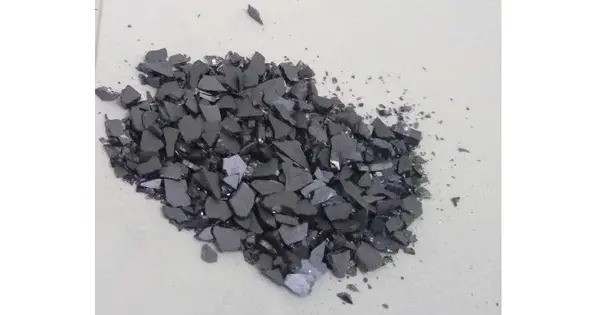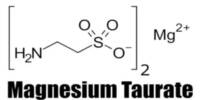Indium arsenide, InAs, or indium monoarsenide, is a narrow-bandgap semiconductor composed of indium and arsenic. It is a narrow bandgap material, with a bandgap energy of approximately 0.35 eV at room temperature. This gives it several unique properties, making it useful in various high-performance electronic and optoelectronic applications. It has the appearance of grey cubic crystals with a melting point of 942 °C. It is particularly known for its high electron mobility, direct band gap, and sensitivity to infrared radiation.
Indium arsenide is similar in properties to gallium arsenide and is a direct bandgap material, with a bandgap of 0.35 eV at room temperature.
Crystal Structure
Indium arsenide crystallizes in a zinc-blende structure, similar to that of other III-V semiconductors like gallium arsenide (GaAs). This crystal structure is characterized by tetrahedral bonding between atoms.
Properties
- Chemical formula: InAs
- Molar mass: 189.740 g/mol
- Density: 5.67 g/cm3
- Melting point: 942 °C (1,728 °F; 1,215 K)942
- Band gap: 0.354 eV (300 K)
- Electron mobility: 40000 cm2/(V*s)
Electrical Properties
It has high electron mobility (around 40,000 cm²/V·s at 300 K), which is higher than that of many other semiconductors like silicon and gallium arsenide. This allows for faster electronic devices.
Thermal Properties
Indium arsenide has a relatively high thermal conductivity compared to other III-V semiconductors, which can be beneficial in high-speed, high-power devices.
Optical Properties
The material is transparent to infrared light and is used in infrared detectors, lasers, and optical communication devices.
Natural Occurrence
Indium arsenide is not found in nature in its pure form but is typically extracted as part of indium ores. Indium is a relatively rare element and is often found in trace amounts in ores such as sphalerite (zinc sulfide) and tin ores. InAs is synthesized from these ores through various chemical processes.
Applications
- High-Speed Electronics: Due to its high electron mobility, InAs is used in high-frequency transistors, particularly in high-speed, low-noise devices.
- Infrared Detectors: Its narrow bandgap and ability to operate at infrared wavelengths make InAs an excellent material for infrared sensors, such as for night-vision systems, infrared cameras, and spectrometers.
- Quantum Well Devices: InAs is also used in quantum well structures, such as in quantum dot lasers and other quantum-based applications, due to its small bandgap.
- Space and Military Applications: Its use in infrared detectors extends to applications in space exploration and military systems, including missile guidance, remote sensing, and surveillance.
















